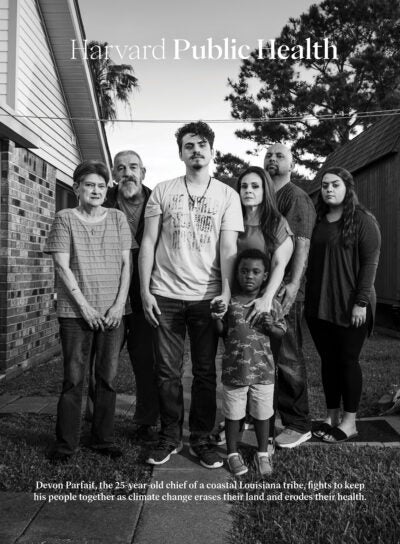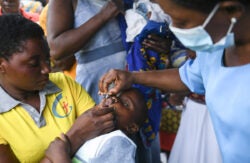News
Spring 2023: Notable news from the world of public health
Your brain on air pollution

Common levels of traffic-driven air pollution can impair memory and attention after only two hours of exposure, according to a recent study by researchers from the University of British Columbia and University of Victoria. The study is the first controlled experiment to demonstrate that air pollution temporarily alters human brain function. Residents of cities with high levels of air and traffic pollution—such as Delhi, India and Chengdu, China—face the most significant health risks.
India, meanwhile, must grapple with another layer of pollution, with air fouled not only by motor vehicles and industrial production but also by household emissions. Exposure to pollutants inside homes can be up to 13 times higher than outdoor exposure in India, leading to higher rates of acute and chronic respiratory problems across the country. These findings strengthen the evidence on air pollution’s adverse health effects and the need for greater emissions control.
“[Homelessness in Los Angeles] is approaching an unsolvable problem without some major housing scaled to trillion-dollar levels. In LA, the latest statistic is that for every 200 people who get housed in a year, there are about 260 new people who come along.”
Jim O’Connell, president of Boston Health Care for the Homeless, Boston Globe Magazine, January 3, 2023
Firearm violence soars amid COVID-19

The U.S. firearm homicide rate increased by almost 35 percent during the COVID-19 pandemic, marking the highest level of firearm-related deaths since 1994. A March report from the Centers for Disease Control and Prevention (CDC) found that this surge also widened existing disparities in gun deaths by race, ethnicity, and poverty level. To curb firearm-related homicides and suicides, the CDC report highlights the effectiveness of hospital-based interventions, whereby trained providers establish relationships with patients while they are still in the hospital. This allows them to connect patients with wraparound services and dissuade them from retaliating against anyone who may have played a role in their injuries.
U.S. life expectancy still dropping
COVID-19 knocked months off expected lifespans globally in 2020, but by the end of 2021 most rich countries had rebounded. Longevity leader Japan did see a dip, but nothing like the U.S., where life expectancy fell to a level last seen in 1996.

Sending mental illness to the bench
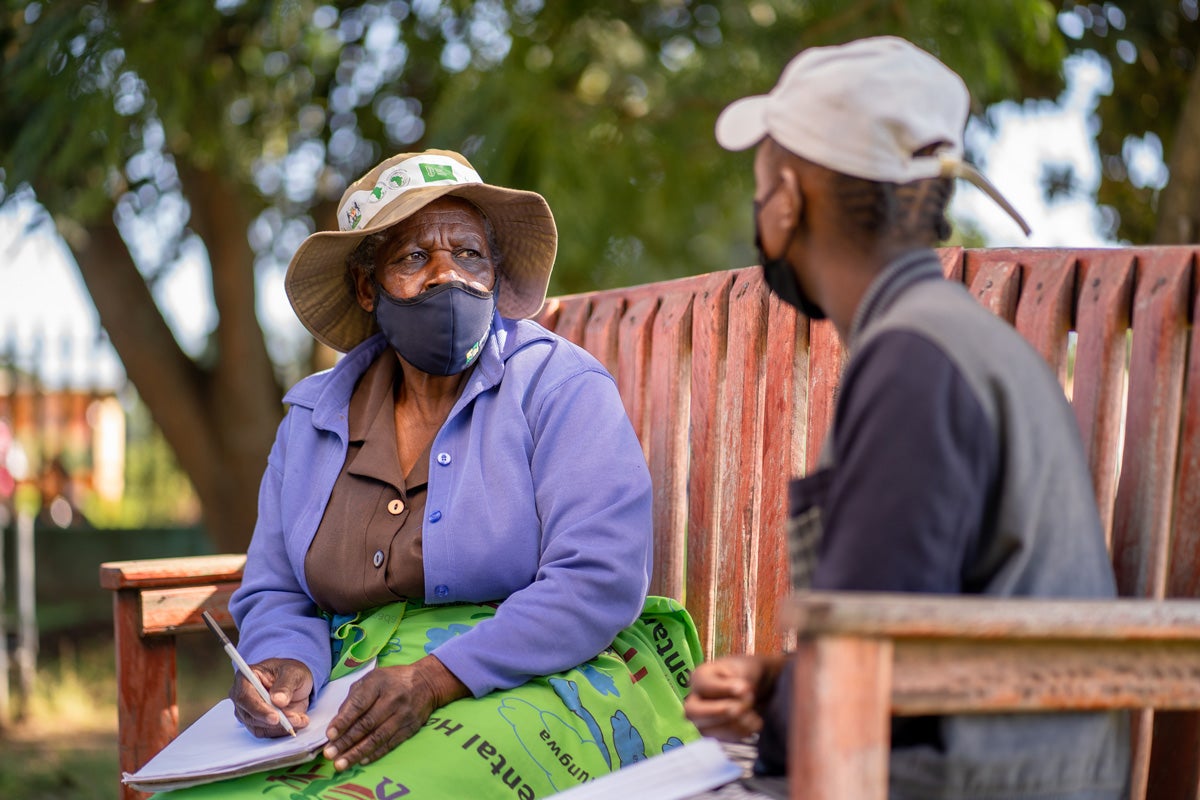
A pioneering mental health program in Zimbabwe trains grandmothers to provide problem-solving therapy. Dixon Chibanda, a psychiatrist, founded “The Friendship Bench” to connect community elders with people struggling with common mental disorders such as anxiety and depression. The program, developed in partnership with Zimbabwe’s Ministry of Health and Child Care and the University of Zimbabwe, aims to foster a sense of belonging among patients and empower them to develop practical problem-solving skills and self-confidence. Counseling sessions take place on simple, accessible park benches. The program now serves 60,000 people in Zimbabwe and is being piloted in several other countries, including Vietnam and Kenya.
700+
Number of NaloxBoxes containing naloxone that New Hampshire will install in public places statewide to help reverse opioid overdoses. It says this is the first such statewide effort.
Help wanted
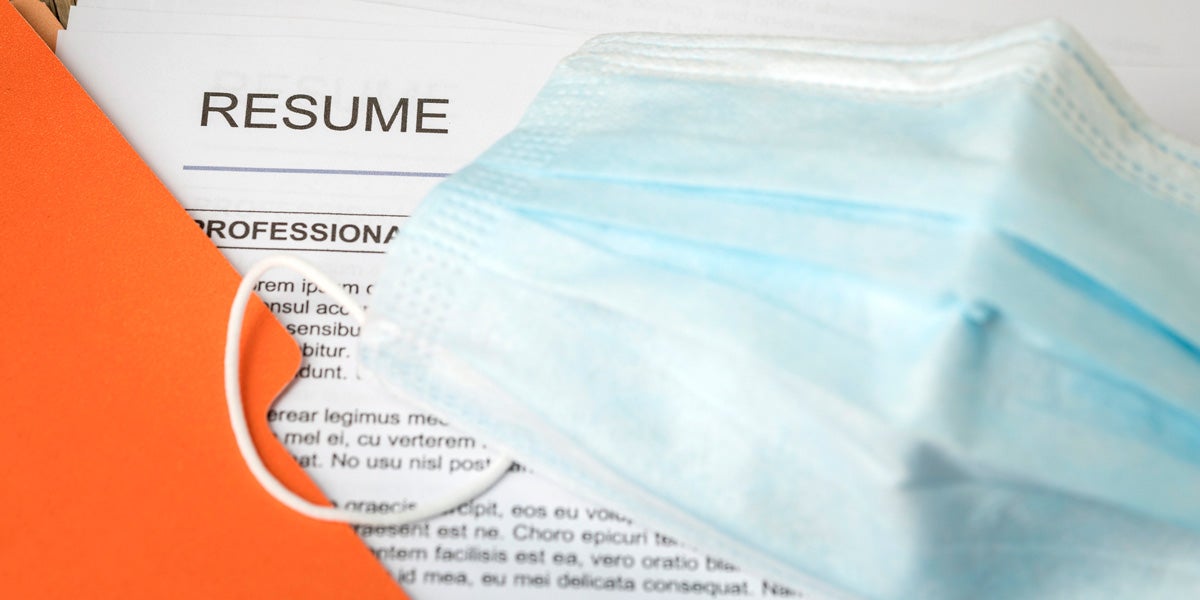
Work was challenging for everyone during the worst of the pandemic, but public health workers may have experienced more hardship than most. More than one-third of public health workers reported being threatened, harassed, or experienced other negative treatment between the start of the pandemic in March 2020 and the spring of 2021, according to a study by the National Institute for Occupational Safety & Health. That may explain why nearly half—46 percent—of public health workers left their jobs between 2017 and 2021. More than three-quarters of workers who’d been in the field for less than five years quit.
“By continually telling their children jokes that are so bad that they’re embarrassing, fathers may push their children’s limits for how much embarrassment they can handle.”
“Dad jokes are good for us,” Marc Hye-Knudson, The Psychologist, March 14, 2023
Sexually transmitted diseases increase
After a drop in 2020, the U.S.’s more than 2.5 million reported cases of chlamydia, syphilis, and gonorrhea in 2021 nearly matched 2019’s record high.
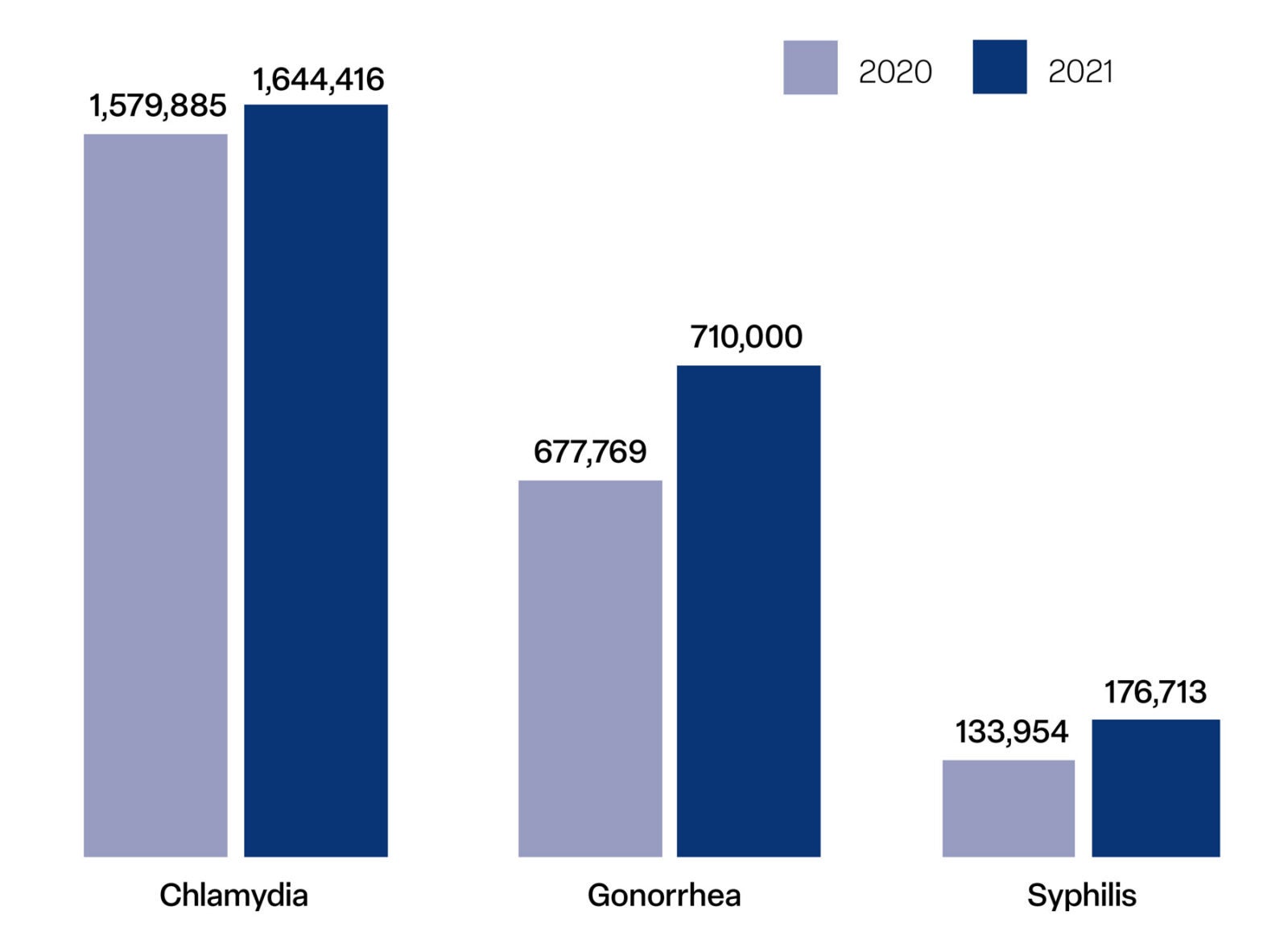
$35 billion
The gap between the $29 billion budgeted for medical products under the Public Health Emergency Medical Countermeasures Enterprise over the next 5 years, and the $64 billion projected need.
Schools vs. social media

School districts are suing social media companies for harming student mental health, including districts in tech centers such as Seattle and Silicon Valley. In January 2023, Seattle’s schools sued the backers of TikTok, Facebook, Instagram, YouTube, and Snapchat for creating a public nuisance by worsening mental health and increasing behavioral disorders. In March, the board of education in San Mateo County, California, in the heart of Silicon Valley, sued Snapchat, TikTok, and YouTube for knowingly building addictive products, and compared them to tobacco companies. School districts in New Jersey and suburban Philadelphia have filed similar suits since the start of the year.
AIR POLLUTION: pixelfusion3d / i Stock; FIREARMS: Illustration by Mary Delaware; BENCH: Constantine Juta; RESUME: mstahlphoto / iStock; SOCIAL MEDIA: pressureUA / iStock
Sign up for Harvard Public Health
Delivered to your inbox weekly.
